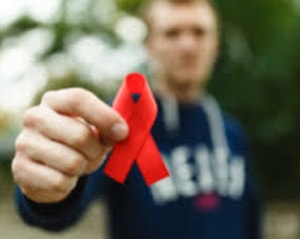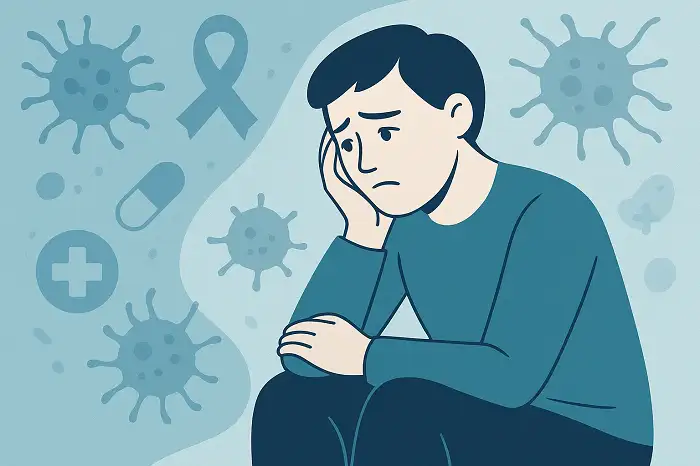IELTS Listening Practice AIDS IELTS Listening Practice AIDS About this activity This activity is labeled round table by Dr. Hariri, the creator and administrator of LELB Society. This activity is on the premise of Flipped Learning, according to which the students watch a video before the class, carry out research into the selected theme, and prepare themselves for an informed discussion in the class. This activity is on the basis of both synchronous and asynchronous computer-mediated communication (CMC), according to which the students are also encouraged to be active even before the class. In this flipped classroom activity, the students are encouraged to utilize the comment form at the bottom of the post to to exchange their questions, findings, and experiences with each other. Later on, ...
Home » Listening Practice in English » IELTS Listening Practice AIDS and HIV Infection

IELTS Listening Practice AIDS and HIV Infection
Updated: by Dr. Mohammad Hossein Hariri Asl
Time to Read: 3 minutes | 427 Views | 28 Comments on IELTS Listening Practice AIDS and HIV Infection
Share This Post
About the Author
Dr. Mohammad Hossein Hariri Asl is an English and Persian instructor, educator, researcher, inventor, published author, blogger, SEO expert, website developer, entrepreneur, and the creator of LELB Society. He's got a PhD in TEFL (Teaching English as a Foreign Language).
Number of Posts: 4235



14. How does bone marrow transplant cure AIDS? What is wrong with this method?
Good question, although I don’t believe that AIDS is curable!
13. How does HIV trick T cells in victims’ blood?
Such a technical question about AIDS! However, it’s definitely worth knowing about this disease as a preventive measure.
12. How many people in the world have passed away by HIV so far?
Unfortunately the statistics are not clear about that because some of them are kept confidential. These statistics are also subject to many fluctuations over time.
11. Is AIDS a terminal disease by itself?
10. When can we technically say that an HIV+ person has developed AIDS?
9. What is the major function of helper T cells?
8. What does PrEP stand for? And how it works?
About the second part of your question, I hereby reword it:
and how does it work? – inversion in interrogative forms
7. How antiretroviral drugs work?
How do antiretroviral drugs work?
Sorry for my mistake.
That’s quite OK.
6. What does AIDS stand for?
AIDS is an acronym for Acquired Immuno-deficiency Syndrome.
5. What does latency period mean?
Latency Period refers to approximately 6 weeks after HIV infection, which is a stage with no signs or symptoms. During this dormant stage, there is a very slow reduction in the number of CD4 T cells with time, and an associated gradual increase in the amount of HIV particles in the body.
4. Why is the HIV difficult to treat?
As far as I know, AIDS is a degenerative and progressive disease for which there is no cure or ultimate treatment. However, with much advancement in medicine, HIV+ people can manage to have an almost normal life under the supervision of physicians, and their longevity has increased tremendously since the 1980s and 1990s.
3. What does HIV stand for?
Thank you for providing us with so many good questions.
You’re most welcome.
2.Are there any therapies for the disease?(explain)
We’ll certainly talk about any possible therapies for AIDS in our upcoming online class. Thank you so much for leaving this question.
1.How does the Aids virus enter the body and it is being transmitted?
Thanks for your prompt questions and active participation.
Some corrections:
AIDS is not a virus. It is the ultimate state of development of the HIV virus.
It’s better to consider a space after the question number. That is, “1. How does …”